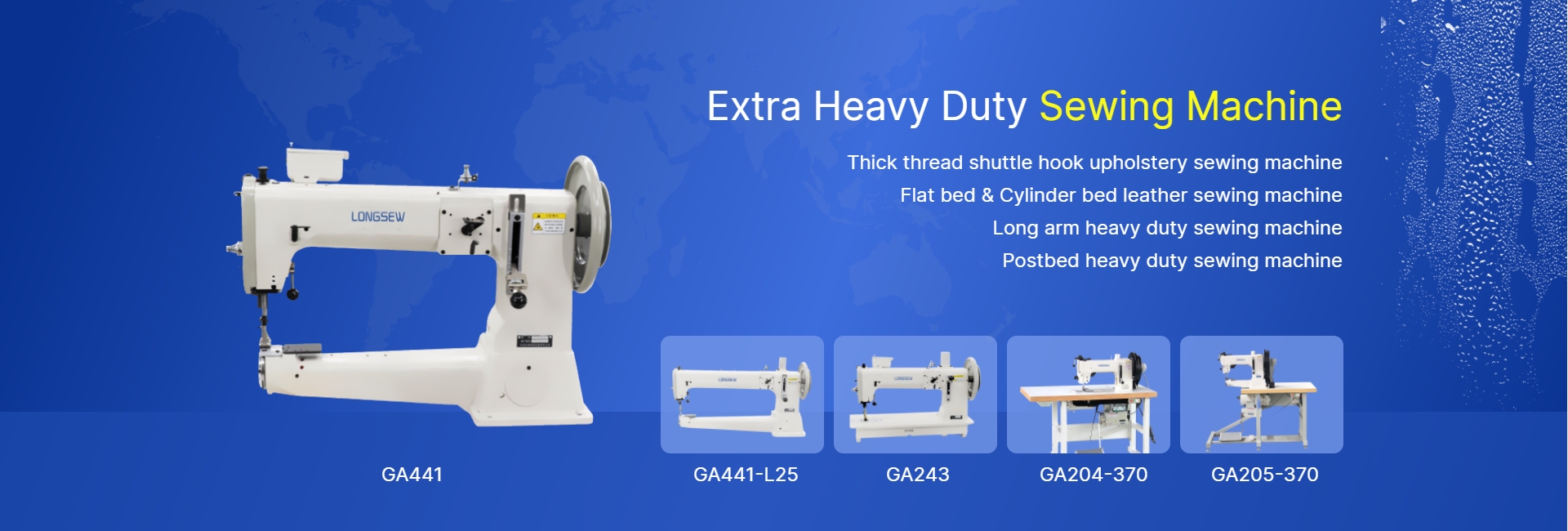Exploring the Benefits and Features of CNC Sewing Machines for Enhanced Textile Production Efficiency
The Evolution and Importance of CNC Sewing Machines
The world of sewing has undergone a remarkable transformation over the years, especially with the advent of technology. Among the multitude of advancements in this field, CNC (Computer Numerical Control) sewing machines stand out as a revolutionary innovation. These machines have reshaped both industrial and domestic sewing, enhancing productivity and precision, and leading to new creative possibilities.
What is a CNC Sewing Machine?
A CNC sewing machine is a type of sewing machine that utilizes computer technology to automate the sewing process. Unlike traditional sewing machines that require manual operation, CNC machines are programmed to execute specific sewing patterns and tasks with high accuracy. This is achieved through a series of coded instructions, which guide the machine to sew intricate designs, shapes, and patterns that a human operator may find time-consuming or challenging.
Key Features and Advantages
1. Precision and Accuracy One of the most significant benefits of CNC sewing machines is their ability to sew with exceptional precision. This is crucial for industries that require consistent quality, such as apparel manufacturing, automotive interiors, and upholstery. The machine operates based on programmed measurements, ensuring that each stitch is in the precise location, thus minimizing errors.
2. Increased Productivity CNC sewing machines can operate at high speeds while maintaining accuracy. This efficiency results in a significant increase in production rates. For businesses, this means lower labor costs and faster turnaround times, ultimately improving profitability.
3. Complex Designs Made Simple With CNC technology, complex patterns and designs can be executed with ease. Whether it’s elaborate embroidery or multi-layered seams, CNC machines can handle tasks that would be daunting for manual operators. This opens up new avenues for creativity and innovation in fashion design and industrial applications.
cnc sewing machine

4. Customization CNC sewing machines allow for easy customization. Users can input different designs and patterns into the machine's software, which can then be repeated seamlessly. This feature is particularly beneficial in the fashion industry, where customized clothing and unique patterns are increasingly in demand.
5. Reduced Labor Intensity The automation of sewing tasks with CNC machines means that less manual labor is required. This not only reduces the physical strain on workers but also decreases the likelihood of repetitive strain injuries, contributing to a safer working environment.
Applications of CNC Sewing Machines
The applications of CNC sewing machines are diverse and span across various industries. In the garment industry, they are extensively used for making clothing, allowing for quick production of intricate designs. In the automotive industry, CNC machines are responsible for stitching upholstery and airbags with the precision required for safety standards. Moreover, they play a crucial role in the manufacturing of canvas goods, such as tents and awnings, where durability and precision are paramount.
The Future of CNC Sewing Machines
As technology continues to evolve, the capabilities of CNC sewing machines are likely to expand even further. Advancements in artificial intelligence and machine learning may allow these machines to learn from previous projects, adapting and optimizing their stitching techniques for enhanced results. Furthermore, with the growing trend towards sustainability and eco-friendly practices, future innovations may focus on reducing waste and energy consumption.
In conclusion, CNC sewing machines represent a significant leap forward in the sewing industry. Their precision, efficiency, and versatility not only enhance productivity but also empower creativity in design. As technology advances, the role of these machines will undoubtedly grow, shaping the future of sewing in exciting and unforeseen ways.
-
Leather Sewing Machine: The Industrial Standard for Tough MaterialsNewsJul.18,2025
-
Sail Making Machine: Heavy-Duty Stitching for Industrial and Marine NeedsNewsJul.18,2025
-
Sling Sewing Machine: The Backbone of Heavy-Duty FabricationNewsJul.18,2025
-
Leather Sewing Machine: Precision for Heavy-Duty StitchingNewsJul.18,2025
-
Big Bag Sewing Machine: Powering the Future of Bulk PackagingNewsJul.18,2025
-
FIBC Sewing Machine: Essential Equipment for Bulk Bag ProductionNewsJul.18,2025
-
Heavy Duty Leather Sewing Machine: A Must-Have for Professional LeatherworkNewsMay.28,2025





























